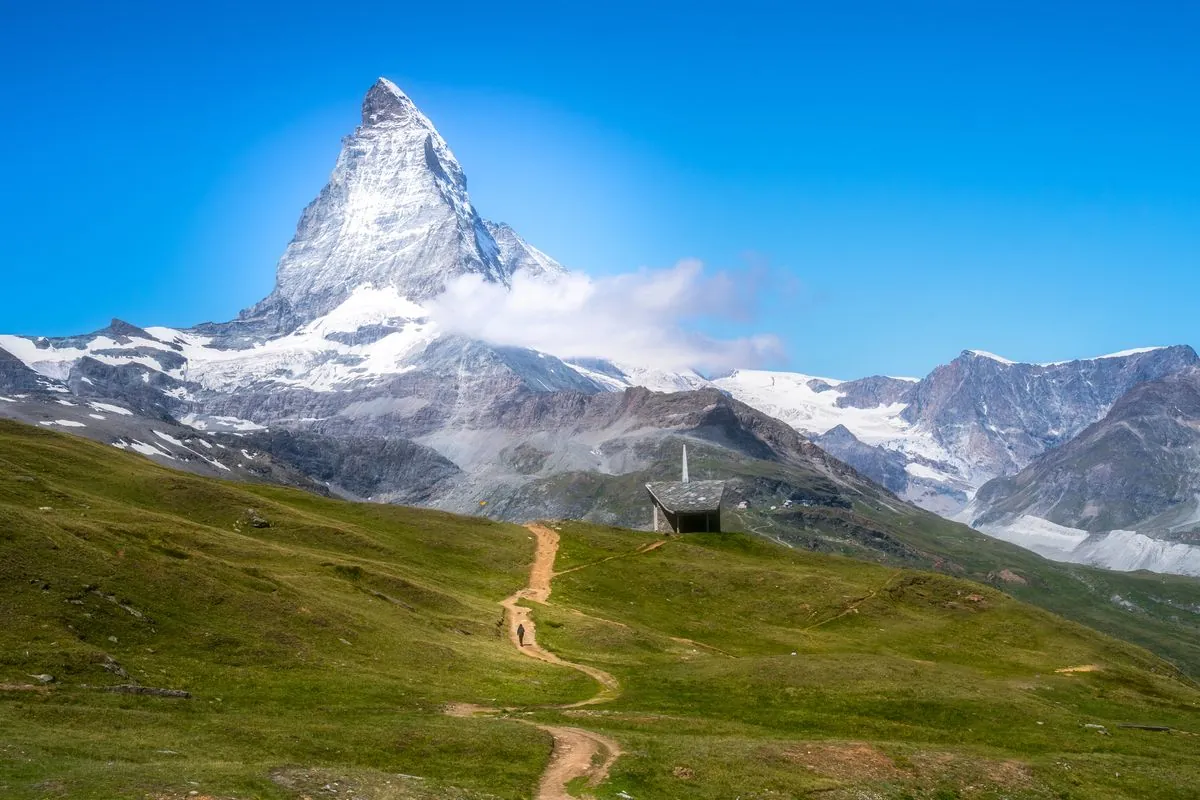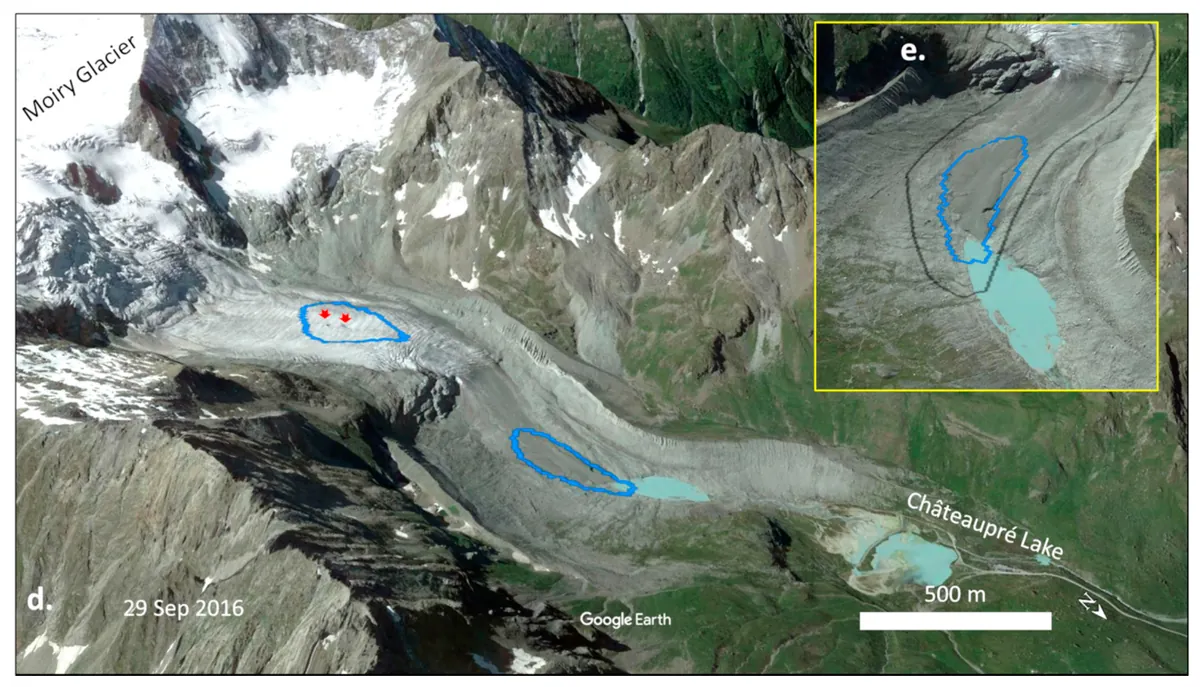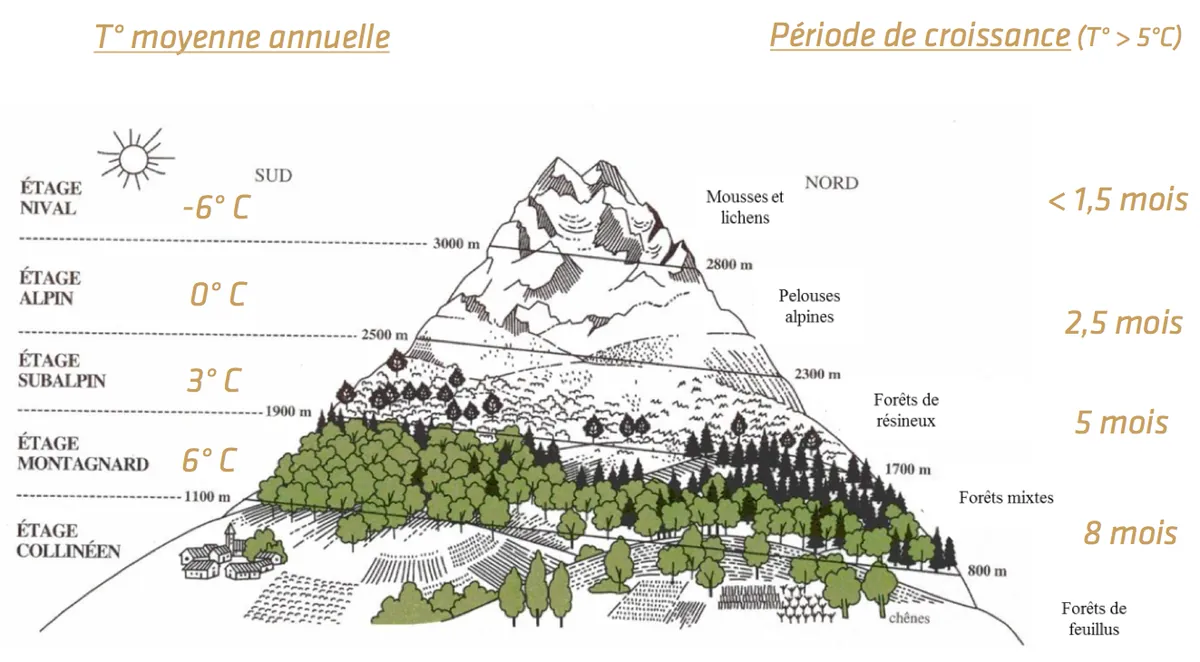Alpine Border Shift: Melting Glaciers Redraw Italy-Switzerland Frontier
Climate change forces Italy and Switzerland to redraw their Alpine border as glaciers melt. The 100-meter adjustment near Zermatt highlights the broader impact of global warming on mountain landscapes and international boundaries.

In a striking example of climate change's far-reaching effects, Italy and Switzerland are set to modify a portion of their shared border in the Alps. This adjustment, necessitated by melting glaciers, underscores the profound impact of global warming on both natural landscapes and geopolitical boundaries.
The border revision affects a 100-meter (approximately 330-foot) stretch near Zermatt, a renowned Swiss skiing destination, and the iconic Matterhorn mountain. This 4,478-meter (14,692-foot) peak, first conquered in 1865, stands as a symbol of Alpine beauty and the challenges posed by climate change.
The Theodul Glacier, a key feature in this region and Europe's largest summer ski area, has experienced significant retreat. Between 1990 and 2015, it receded by almost 300 meters (1,000 feet), revealing new topographical features that have prompted this border reassessment.

The Swiss government explained that substantial sections of the border are defined by watershed or ridge lines of glaciers and perpetual snow. As these formations change due to melting, so too must the border. This situation is not unique to the Alps; globally, glaciers are diminishing at an alarming rate.
"Switzerland's glaciers lost 10 percent of their total volume between 2022 and 2023."
This loss is attributed to winters with low snowfall combined with increasingly hot summers. It's worth noting that glaciers cover about 3% of Switzerland's land area, with the country boasting over 1,800 glaciers. The Alps, covering 65% of Switzerland's surface, play a crucial role in Europe's climate and water supply, containing about 40% of the continent's fresh water.
The border change will become official once both countries agree. Switzerland has already approved the modification, with Italy expected to follow suit. This process highlights the complex interplay between natural phenomena and international relations.
Mark Carey, a professor at the University of Oregon's Glacier Lab, explains that glacial loss isn't just about length reduction. Thinning occurs when a glacier melts from the top, altering ridge line topography and, in some cases, international borders.
The impact of climate change on glaciers extends far beyond the Alps. Switzerland alone has lost over 1,000 small glaciers, while Venezuela recently lost its last glacier. New Zealand has seen the disappearance of at least 264 glaciers, and the western United States has lost about 400 since the mid-20th century. East Africa now has less than 2 square kilometers of total glacial ice remaining.
These changes are not just statistical; they have real-world implications. In 2022, the jurisdiction of an Italian mountain lodge came into question when melting ice revealed it was straddling the border. Such incidents may become more common as climate change continues to reshape our world.
The Alps, home to about 14 million people and 30,000 plant and animal species, face an uncertain future. With annual visitor numbers reaching 120 million, the region's changing landscape could have significant economic and ecological impacts.
As we witness these changes, it's clear that the effects of climate change are not abstract or distant. They are reshaping our world in tangible ways, from the peaks of the Alps to the borders on our maps.

"The redrawing of borders due to melting glaciers is a stark reminder of climate change's far-reaching consequences. It's not just about rising temperatures; it's about reshaping our world in ways we're only beginning to understand."


































